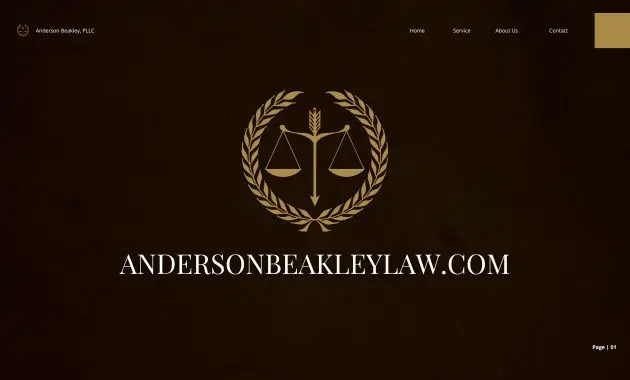Aircraft mortgage and lien law plays a critical role in the aviation industry, providing a legal framework for securing financial interests in aircraft. This specialized area of law governs the creation, enforcement, and priority of mortgages and liens on aircraft, ensuring the stability and predictability of aviation financing transactions.
From the historical development of this legal framework to the complexities of international transactions, this article explores the key principles, concepts, and practical considerations surrounding aircraft mortgages and liens.
Introduction to Aircraft Mortgage and Lien Law
Aircraft mortgage and lien law plays a crucial role in the aviation industry, providing a legal framework for securing financing for aircraft and establishing priority claims against aircraft in the event of default. This body of law ensures the smooth operation of the aviation finance market and protects the interests of both lenders and borrowers.
Also Read
Historical Development, Aircraft mortgage and lien law
The historical development of aircraft mortgage and lien law reflects the evolution of the aviation industry itself. The earliest forms of aircraft financing relied on traditional methods like promissory notes and personal guarantees. However, the rapid growth of the aviation industry and the increasing value of aircraft led to the development of specialized legal mechanisms.
The Federal Aviation Act of 1958 established a comprehensive system for regulating the aviation industry, including provisions for aircraft mortgages and liens. This act recognized the need for a uniform and standardized legal framework for aircraft financing, which would facilitate interstate commerce and promote safety in the industry.
Key Principles and Concepts
Aircraft mortgage and lien law is governed by a combination of federal and state laws, with the Federal Aviation Act providing the primary legal framework. The key principles and concepts involved include:
* Aircraft Mortgages: An aircraft mortgage is a security interest in an aircraft that is created to secure a loan or other obligation. It grants the mortgagee (lender) certain rights, including the right to foreclose on the aircraft in the event of default.
* Aircraft Liens: An aircraft lien is a claim against an aircraft that is created to secure a debt or other obligation. Unlike mortgages, liens do not require the aircraft owner’s consent.
* Priority of Liens: The priority of liens against an aircraft is determined by the date of filing or recording of the lien. This means that the first lien filed generally has priority over subsequent liens.
* Perfection of Liens: Perfection of an aircraft lien is necessary to establish its priority against other claimants. This typically involves filing a notice of the lien with the Federal Aviation Administration (FAA).
* Enforcement of Liens: Liens can be enforced through various legal mechanisms, including foreclosure, repossession, and judicial sale.
Navigating the intricacies of aircraft mortgage and lien law requires a thorough understanding of the legal landscape, including the various types of mortgages and liens, the process of creation and enforcement, and the rights and obligations of parties involved. As the aviation industry continues to evolve, so too will the legal framework governing aircraft financing, highlighting the need for ongoing awareness and adaptation.
Aircraft mortgage and lien law governs the security interests in aircraft, ensuring lenders can recover their investment if a borrower defaults. These laws also play a role in the broader aviation industry, impacting aspects like the financing of new aircraft and the transfer of ownership. As the aviation industry grapples with increasingly stringent environmental regulations, such as those outlined in the Aviation emissions regulations , the legal framework surrounding aircraft financing will likely evolve to address the changing landscape of sustainable aviation.
This includes potential adjustments to existing mortgage and lien laws to encourage the adoption of cleaner technologies and promote environmentally responsible practices within the industry.



